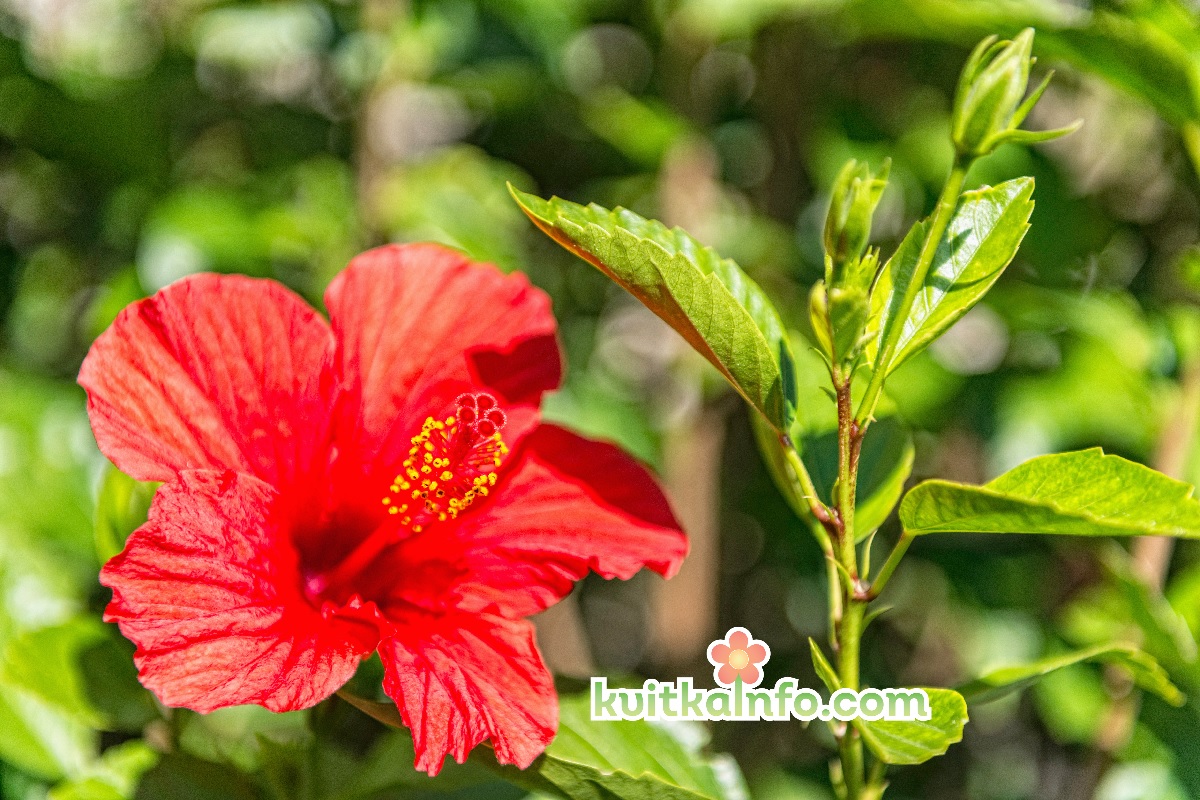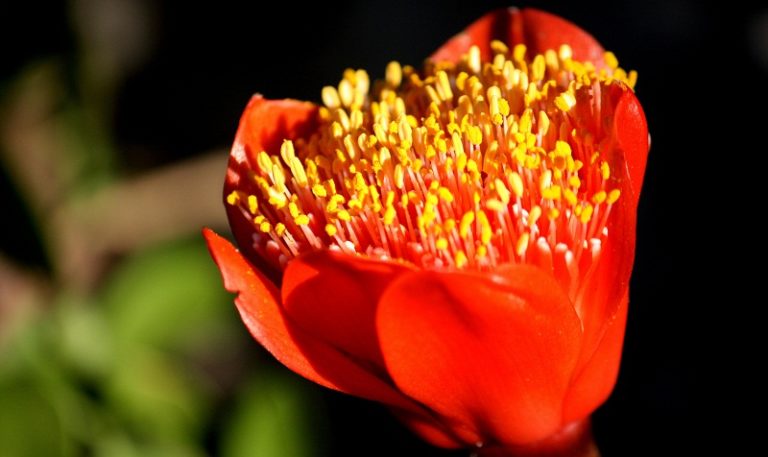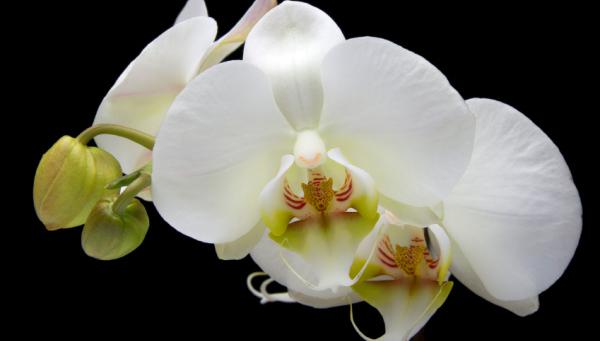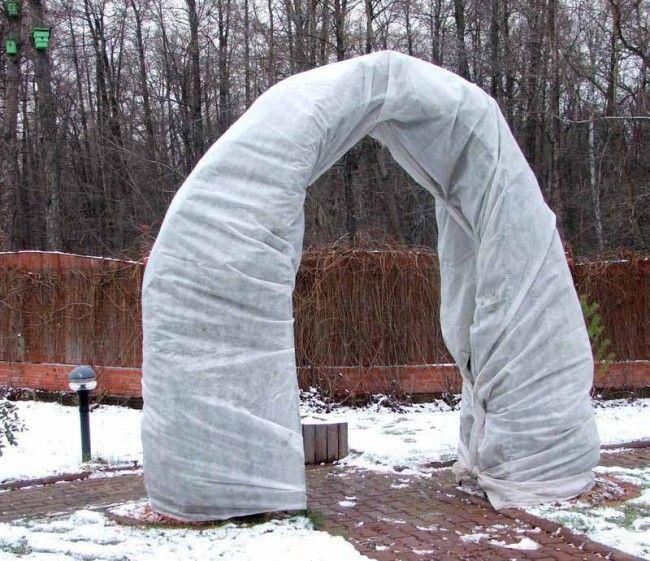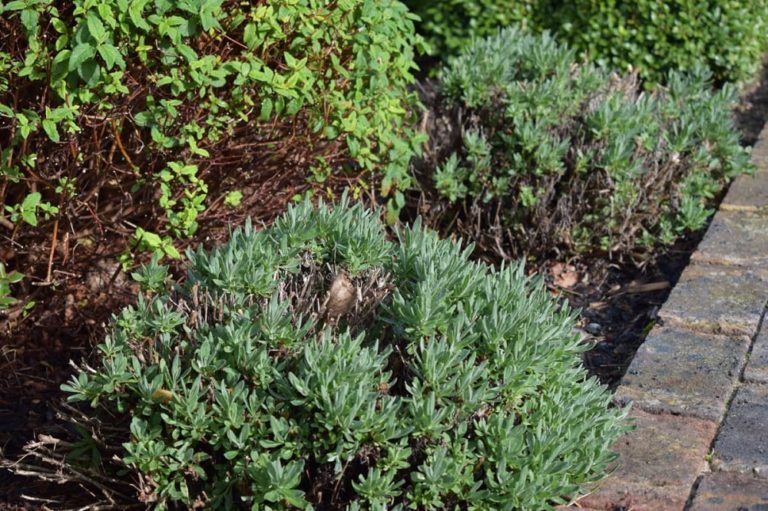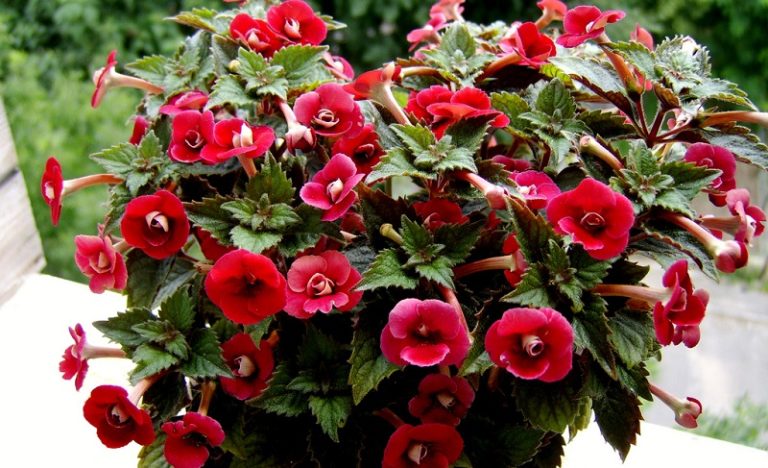Hibiscus (Chinese rose): care, transplantation, reproduction
Hibiscus is a plant that is famous for its magnificent flowering and easy care. How to care for hibiscus to admire its blossom every year?
Hibiscus (hibiscus) or Chinese rose is a perennial herbaceous, bushy, tree-like, evergreen, deciduous plant with large flowers of various colors from the Malvaceae family. It is easy to care for growing at home. For long-term and abundant flowering, this flower needs transplanting, humidity, fertilizing and pruning.
In its natural environment, it grows in tropical regions – Indonesia, Hawaii, on the islands of Haiti, South. China, Sri Lanka. To date, there are more than 400 species of hibiscus, which differ in size and structure (double, simple flowers), color (white, yellow, pink, orange, red, purple….).
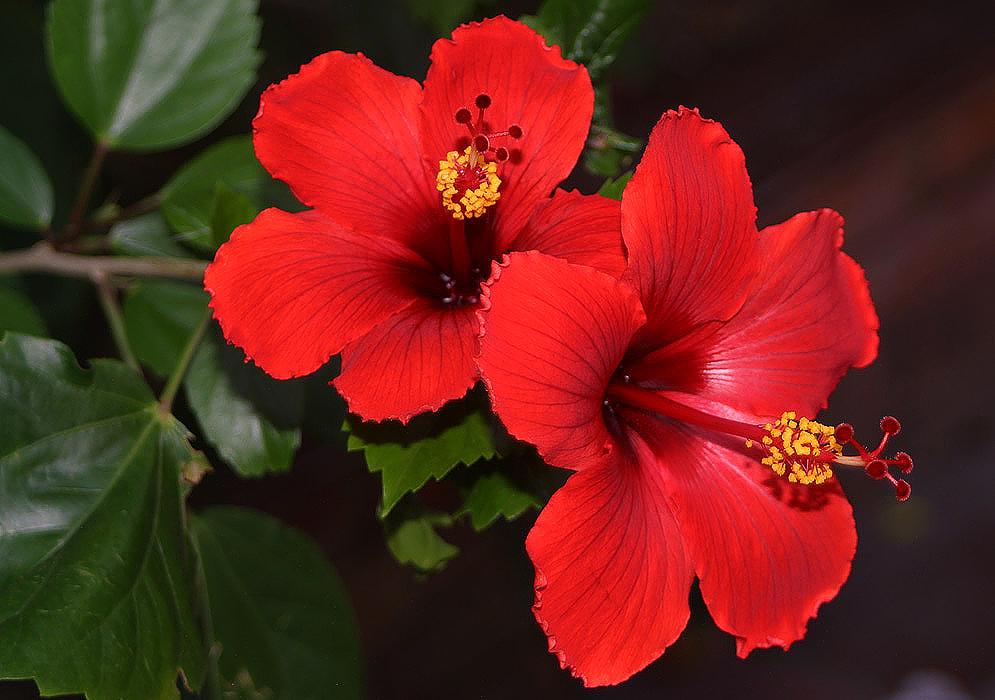
This flower in Hawaii is considered the national plant, which is called the “Flower of Exquisite Ladies”. At home, hibiscus is used not only as an ornamental plant, but also as a medicinal plant. Young shoots and leaves are added to food as vegetables. Seeds, leaves, roots are used in folk medicine. Also, hibiscus flowers are used to make black hair dye and purple food dye. Petals are made, as we all know, “Hibiscus” tea.
Chinese hibiscus purifies the air in the room, also has a good effect on weak plants, they recover and come to life, begin to grow.
With proper care, Hibiscus will bloom from spring to autumn.
Types of Chinese rose (hibiscus):
Bushy Chinese roses:
Chinese hibiscus (Hibiscus rosa sinensis) is an ornamental evergreen shrub up to 1-1.5 meters high. The leaves are dark green, oval with a shiny surface, serrated at the edges. It blooms from spring to autumn. With proper care, the flowers are large up to 15 cm in diameter, simple, double, of various colors.

Herbaceous Chinese roses:
Herbaceous hibiscus is perennial, has large, bright flowers. These ornamental plants will fit into large flower beds.

Tree Chinese roses:
Syrian hibiscus is a deciduous frost-resistant tree or shrub with bright green oval-shaped leaves with flowers of different colors. It is used for group plantings as hedges. It grows rather slowly, begins to bloom in the 3-4th year.
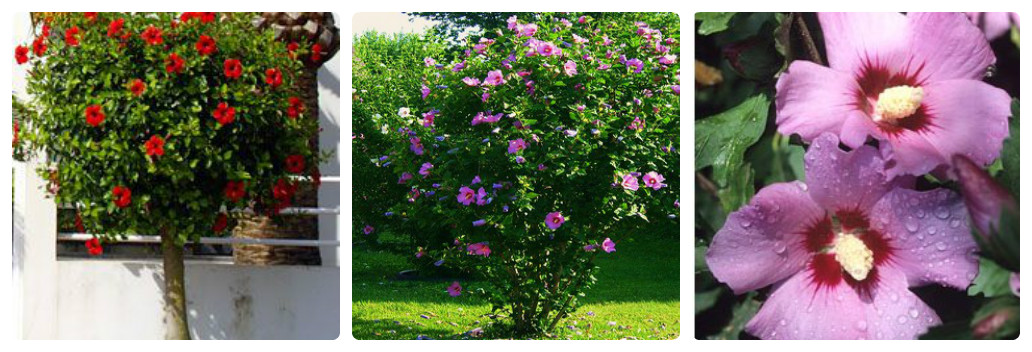
Hibiscus care
Caring for Hibiscus is not difficult. It is enough to choose the right place, water, feed and this plant will grow and delight your eye with its flowers.
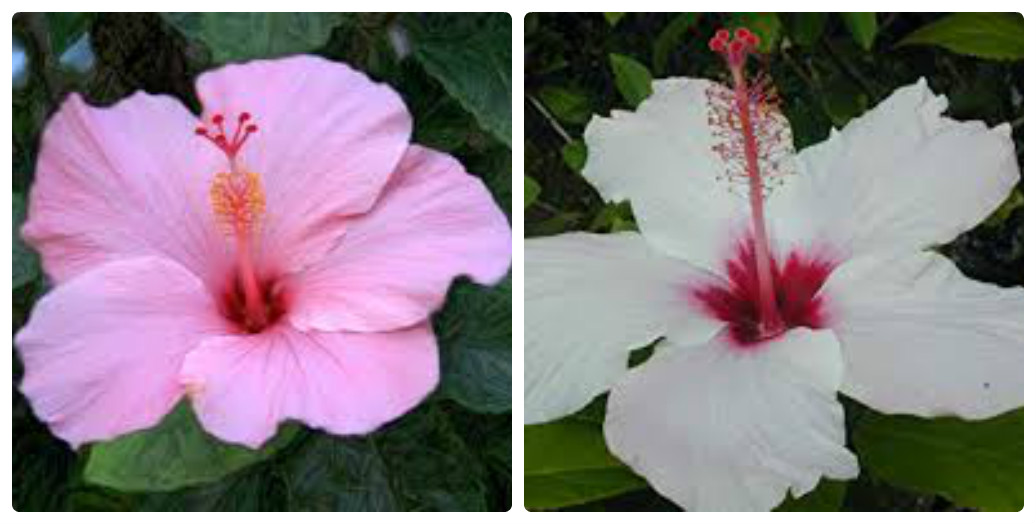
Air temperature
In summer, the temperature for a Chinese rose should not exceed 25 degrees. In winter, the temperature should not be higher than 16 degrees.
Light brightness for Chinese rose
When choosing a place for indoor hibiscus, it is better to give preference to east and west windows. Hibiscus likes bright diffused light, but not direct sunlight, which can burn the leaves. Tree hibiscus can also be in direct sun in the open field.
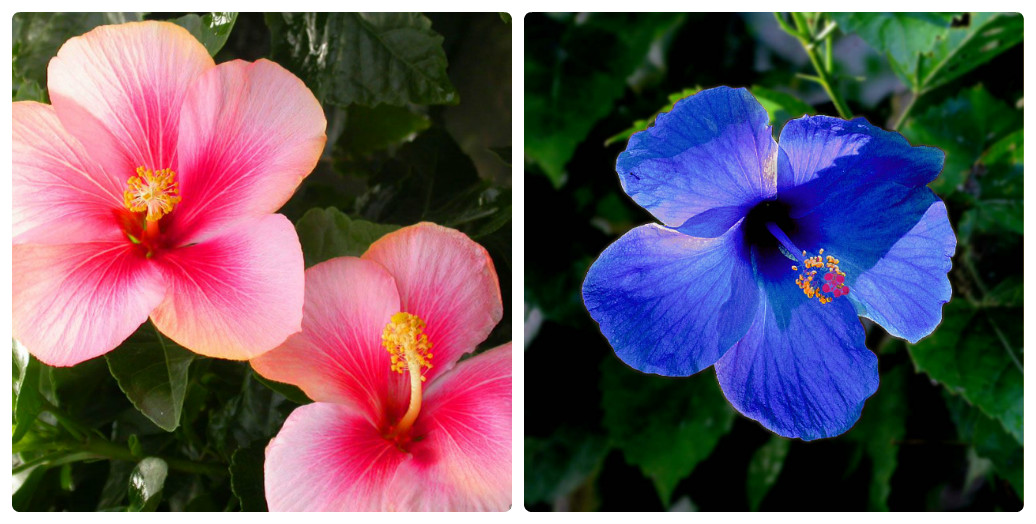
Watering the Chinese rose and humidity
From spring to autumn, during the period of active growth and flowering, it should be watered often, as the topsoil dries, for about 2-3 days. From autumn to the end of winter, they are watered less often – every 5-7 days. Water should not stagnate in the plate; The water should be soft (settled or boiled).
Hibiscus leaves need to be sprayed frequently, due to dry air, the buds may not completely open and fall off.
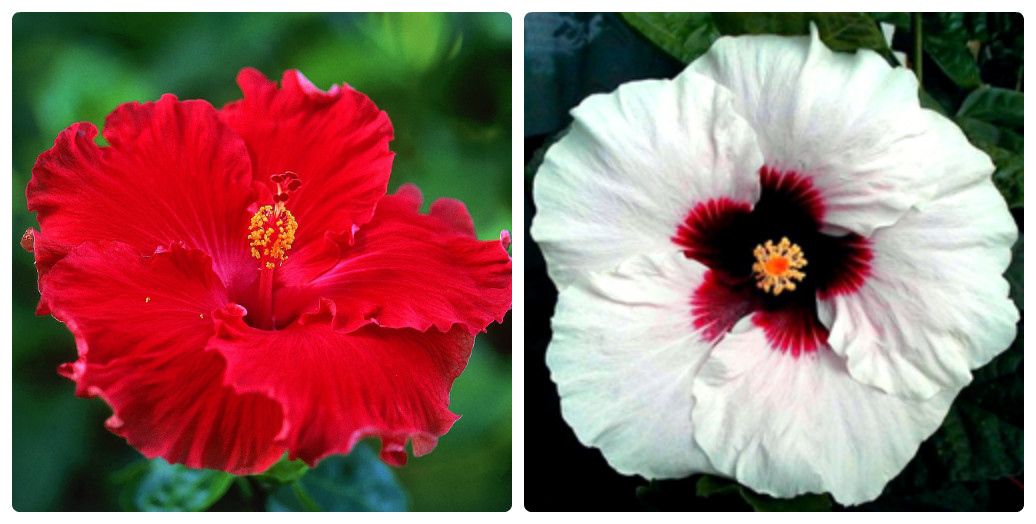
Top dressing of the Chinese rose
You need to start feeding the Chinese rose during the budding period and during spring – autumn once every 7 days, alternating mineral and organic fertilizers. Use mineral fertilizers for flowering fertilizers with a low nitrogen content. Nitrogen activates leaf growth and slows down flowering. Organic fertilizers need to be infused (1 part of droppings to 10 parts of water) for 7 days. In winter, we feed 1 time per month.
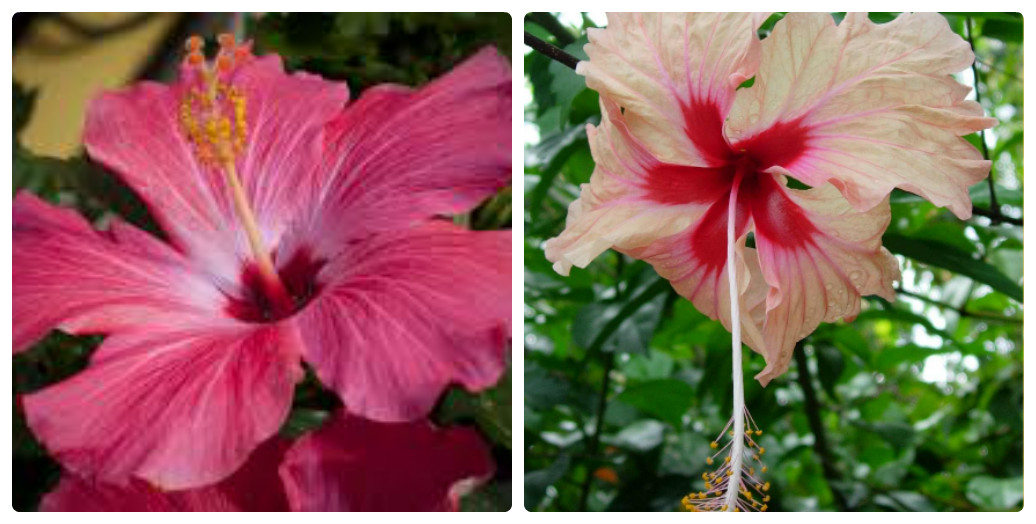
Soil and transplantation of hibiscus
The earth should be sterile, light, nourished and neutral. You can easily buy a soil mixture for flower plants, or cook it yourself. It is necessary to transplant young plants every year in the spring into a pot 2-3 cm larger than the previous one. It is enough to transplant adult hibiscus into larger pots 1 time in 3-4 years. If the soil is not peroxide and there are no pests, it will be enough to replace the top layer (5 cm.) with fresh soil.
Pruning a Chinese rose
Is your Hibiscus not flowering? It needs to be trimmed.
In the spring, before active growth and flowering, young plants need to be transplanted and pruned.
Pruning should be done to form a crown(becomes more lush) – this stimulates the development of a large number of young shoots, on which buds will appear in the future. Hibiscus flower buds appear on young shoots of the current year. It is necessary to cut off completely elongated, without leaves, dry branches, healthy ones – cut in half. We lubricate all sections with garden pitch so that the juice does not leak out of the plant. All cut shoulder straps can be rooted.
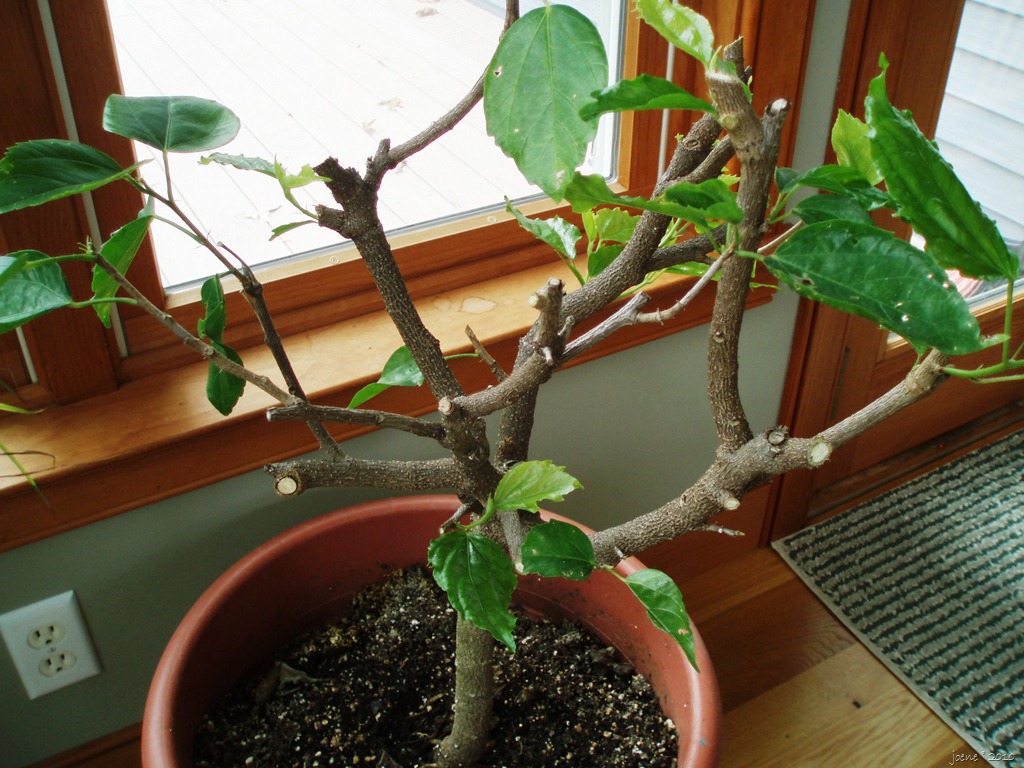
In order to postpone the flowering of Hibiscus to autumn or winter, transplant the plant and prune it in May, by which time the plant should be dormant. With this pruning, the buds will begin to appear closer to autumn.
Reproduction of hibiscus
Hibiscus propagates vegetatively by cuttings and seeds.
Also, this plant is able to grow from the root.
Pests
Hibiscus is threatened by aphids, scale insects, spider mites.
Difficulties in caring for a Chinese rose
Buds fall off – lack of fertilizer, dry air, insufficient watering, sudden changes in temperature or lighting.
The leaves wither, turn yellow and fall off – the water has a high content of chlorine and calcium, lack of nitrogen, root rot, hypothermia of the soil, dry air, insufficient watering.
Lack of flowering – lack of light, use fertilizer with a large amount of nitrogen (nitrogen dulls flowering), insufficient watering during the period of active growth, in winter the plant was kept at a high temperature.
There are brown spots on the leaves- direct sunlight burns the leaves.

